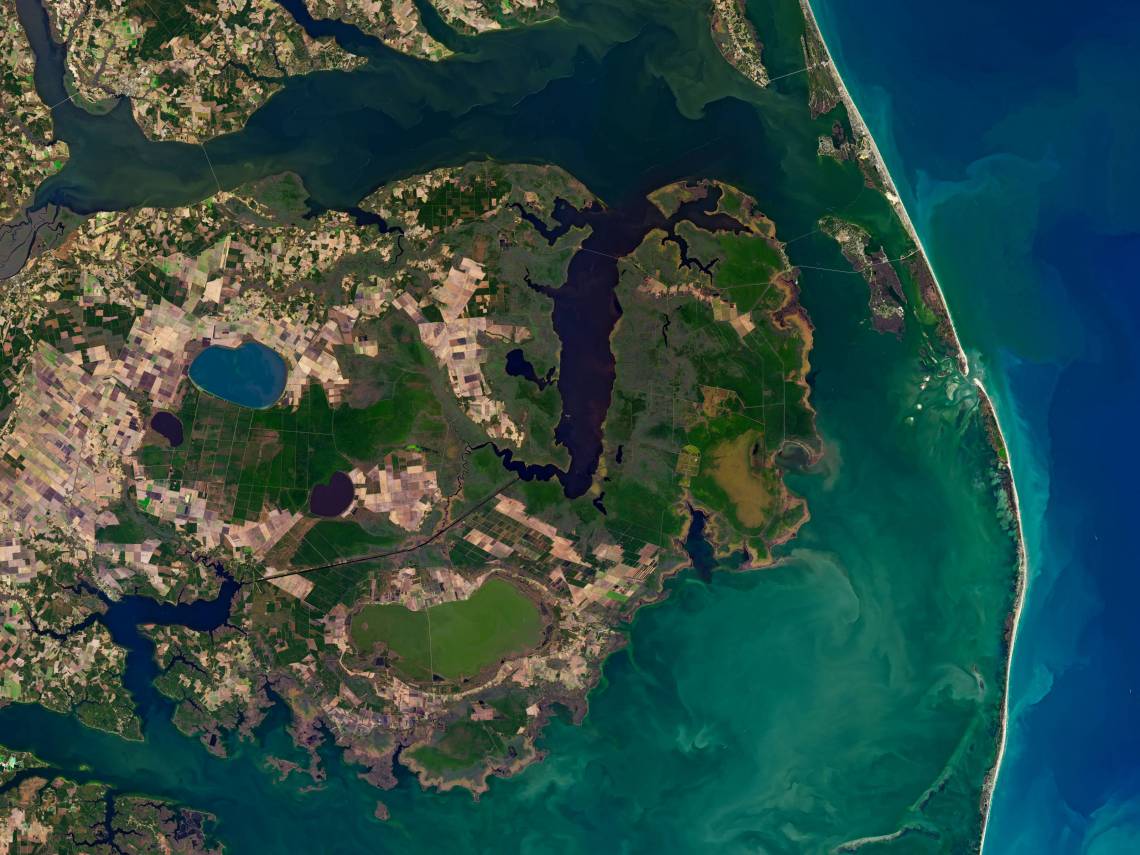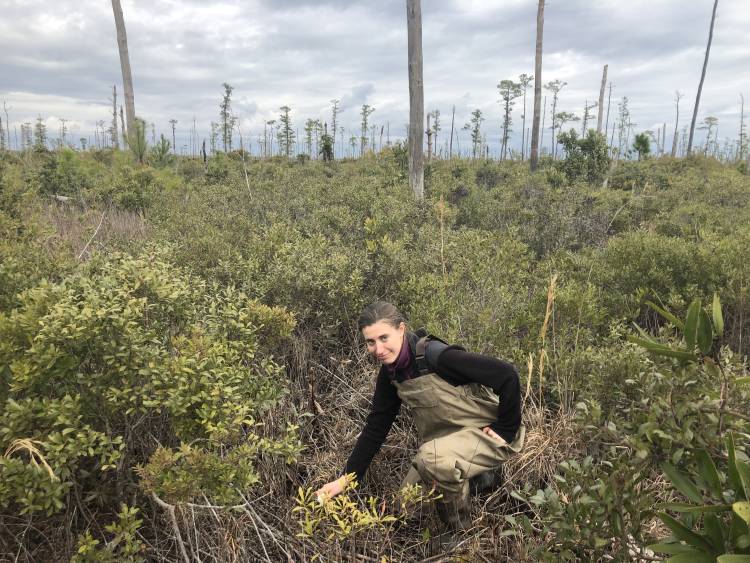'Ghost forests' are invading the North Carolina coast
No leaves, no limbs — just hundreds of grey, lifeless trunks.

Climate change has transformed enormous swaths of protected woodlands in North Carolina into lifeless "ghost forests," a new study finds.
These ghost forests — marked by thousands of leafless, limbless trunks, stumps and toppled trees where healthy forests once stood — have taken over about 11% of the tree cover in North Carolina's Alligator River National Wildlife Refuge in the past three decades, the researchers found, resulting in tens of thousands of acres of dead greenery.
Die-offs like these are an expected effect of sea-level rise, which exposes more land to salty seawater, which literally sucks the moisture out of seeds and soil, the authors wrote. However, "it's not just the fringe that's getting wetter," lead study author Emily Ury, a biologist at Duke University in Durham, North Carolina, said in a statement.
Related: 6 Unexpected Effects of Climate Change
After analyzing thousands of NASA Landsat satellite images taken between 1985 and 2019, Ury and her colleagues calculated that more than 21,000 acres (8,500 hectares) of trees in the refuge were converted to ghost forests during that period. Remarkably, more than half of the newly killed forests stood more than 0.6 miles (1 kilometer) inland from the nearest coast, putting them far from the reach of rising tides.
A variety of factors led to the downfall of these inland forests — including hundreds of miles of drainage ditches that funneled seawater farther inland — but the storm surge that accompanied Hurricane Irene in 2011 proved to be the most devastating. During the surge, a 6-foot-tall (1.8 meters) wall of water gushed more than 1.2 miles (2 km) inland, flooding everything in its wake.
Alligator River National Wildlife Refuge was still recovering from a five-year drought when the hurricane hit, the researchers wrote, and the resulting damage was immense. In 2012 alone, more than 11,000 acres (4,400 hectares) of trees turned into "ghosts," far surpassing the 2,800 acres (1,100 hectares) of coastal land that was lost to sea-level rise during the entire 35-year period of the study. These vast new stands of drowned and dying trees were clearly visible from space, the researchers added.
Get the world’s most fascinating discoveries delivered straight to your inbox.
As global sea levels rise in response to climate change, storm surges like Irene's are expected to become more destructive, and result in greater flooding. These surges are "the most pressing short-term problem regarding sea-level rise," Jacky Austermann, an assistant professor at Columbia University in New York, previously told Live Science. Lessons learned in North Carolina could help scientists predict and manage the damaging effects of future storm surges around the world, the study authors concluded.
Originally published on Live Science.

Brandon is the space / physics editor at Live Science. With more than 20 years of editorial experience, his writing has appeared in The Washington Post, Reader's Digest, CBS.com, the Richard Dawkins Foundation website and other outlets. He holds a bachelor's degree in creative writing from the University of Arizona, with minors in journalism and media arts. His interests include black holes, asteroids and comets, and the search for extraterrestrial life.



